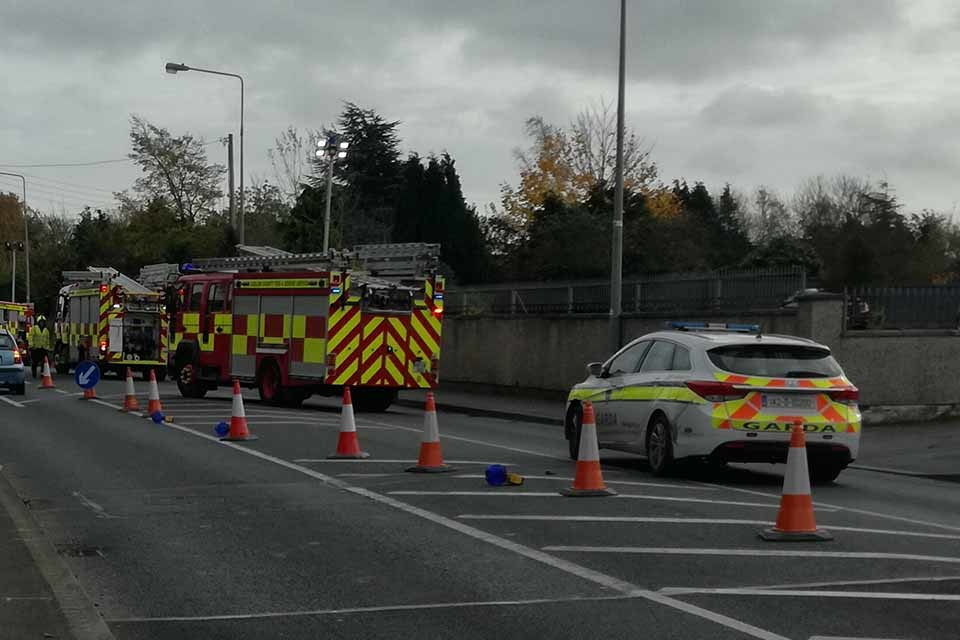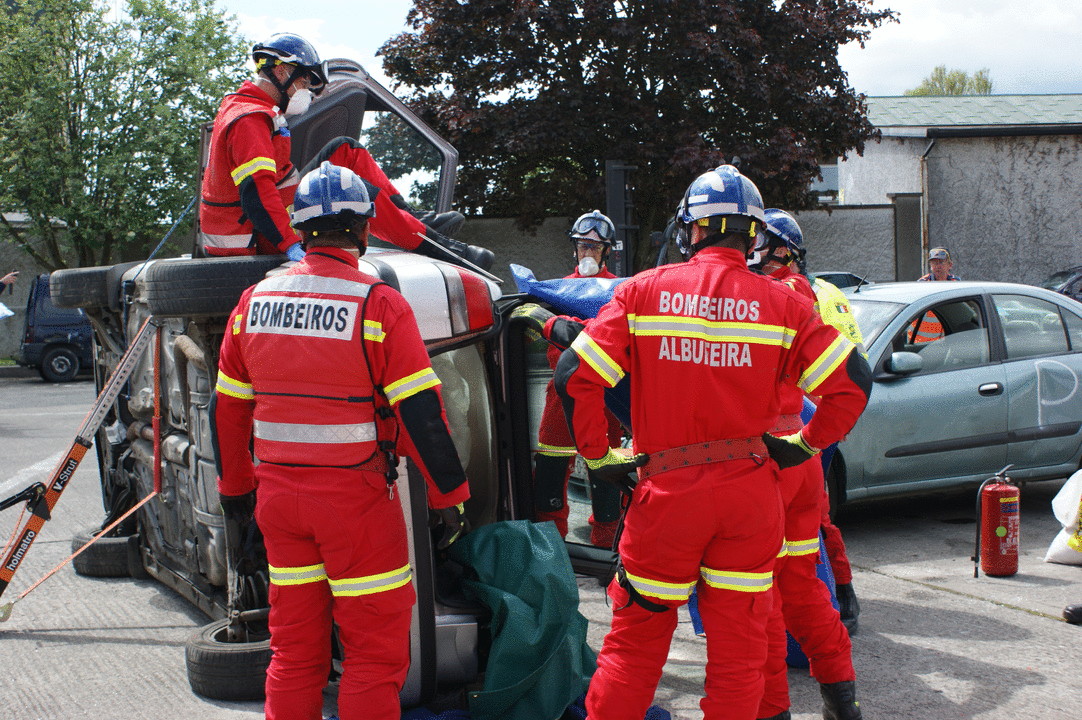
Europe wide eCall to emergency services begins today
All new cars and light commercial vehicles manufactured across Europe after today, 31st March 2018 will be equipped with eCall technology to alert the emergency services to a collision.
The purpose of the eCall service is to provide quick emergency response in cases where an eCall adapted vehicle is involved in a serious road traffic collision, anywhere in the EU. The overall aim is to reduce fatality and serious injury numbers as a result of collisions.
How does it work for the driver and the emergency service responders?
The eCall system connects to your mobile phone. If a hard impact occurs, or the car’s airbags deploy, and if the system detects that you’re not making any movements or calling for help yourself, it will ring the pan-European 112 emergency response number to alert the emergency services.
In Ireland, the 112 number transfers to ECAS – ‘Emergency Call Answering Service’, which is operated by BT Ireland on behalf of the Department of Communications. The ECAS service has been upgraded to enable its call handling technology to accept and handle eCalls.
There are three models of alerts which I will explain further on, but if or when eCall needs to activate, it will find and use the GPS transponders in both the car and your phone to fix your location and direction of travel, which is essential in cases where collisions happen on a motorway for example.
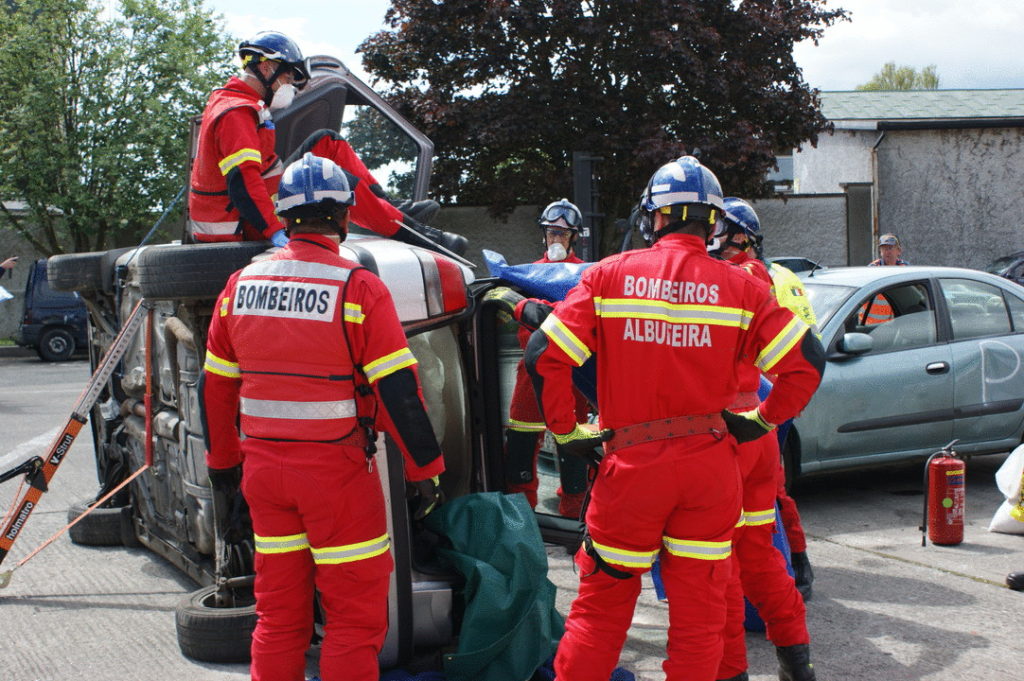
If a driver is unconscious, unresponsive or otherwise unable to speak following a collision, eCall can automatically alert the emergency services and provide the exact time and location of the incident but the emergency services can be alerted manually too. A driver, passenger or perhaps even a passing witness can also push an eCall alert button in the car to call the emergency services.
The European Commission believes once this system is implemented and fully functional, it will greatly reduce response times by the emergency services, which in turn could save hundreds of lives every year and help injured people quicker.
Fire and ambulance service personnel in Ireland will no doubt welcome this EU wide system, however, questions are already being asked among some firefighters as to whether an alert from eCall will override or restrict current PDA (Pre-Determined Attendance) procedures where some brigades have certain PDA or turn-out rules when receiving calls for a road traffic collision.
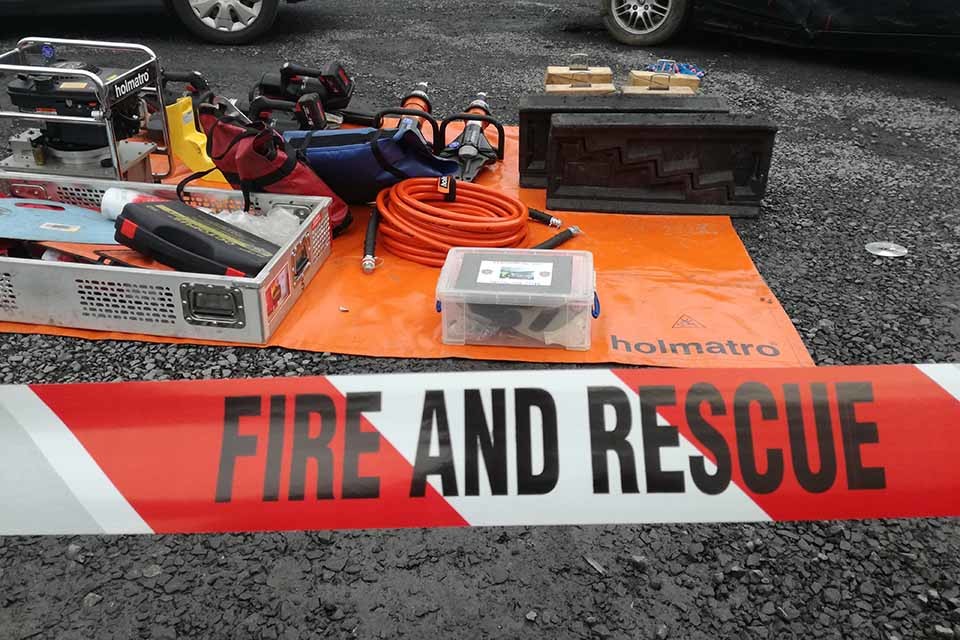
A report by the European Commission estimates the alert system will reduce response time for emergency services to incidents in the countryside by 50% and in built-up areas by 60%. Faster response and arrival times to incidents alerted by eCall will save hundreds of lives in the EU every year and the severity of injuries will be considerably reduced in tens of thousands of cases.
In 2016, approximately 25,500 people lost their lives while a further 135,000 people were seriously injured on EU roads, and, although this was 2% reduction on the 2015 figure, this figure may be too small for the EU to meet its target of halving road fatalities between 2010 and 2020.
Road collisions cost the EU approximately €160 billion per year, but, according to some estimations, if all cars were equipped with the eCall system, up to €20 billion could be saved on an annual basis.
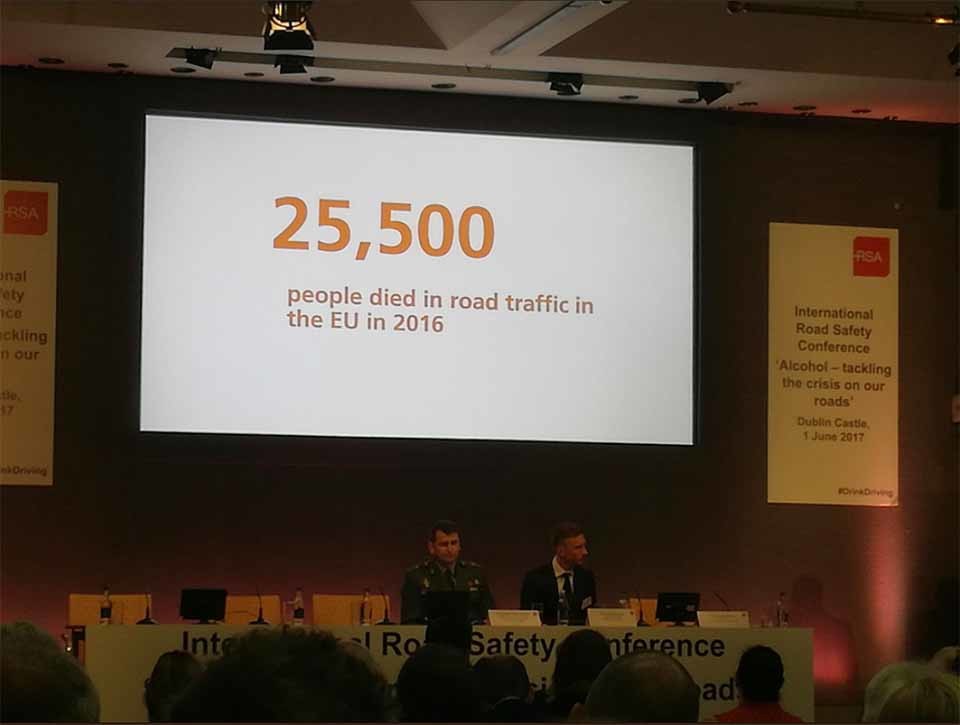
Data Protection and Driver Privacy:
Many people may be sceptical about how the data on their vehicles or the GPS on their phone is being used for eCall, and some may also fear that the gardaí or other EU police forces can use this data to analyse the speed in which a vehicle travels from point A to point B. Concerns have also been raised about the fact that the GPS system could be used, theoretically, to track the car allowing the built-in microphone listen to conversations within the car, remotely.
The Commission has however dished any fears or concerns drivers may have about privacy or data protection. The report stated “As eCall normally ‘sleeps’, it does not allow vehicle tracking outside emergencies. eCall will transmit the data that is absolutely necessary in case of accident. Information only leaves the car in the event of a severe accident and is not stored any longer than necessary.”
The system uses the data to communicates the vehicle’s exact location to the emergency services call centre, in our case ECAS. The time of incident and the direction of travel is relayed to the 112 service, even if the driver is unconscious or unable to make a phone call which still ensures there will always be a voice connection between the vehicle and emergency services, regardless of whether a call is made manually or automatically.
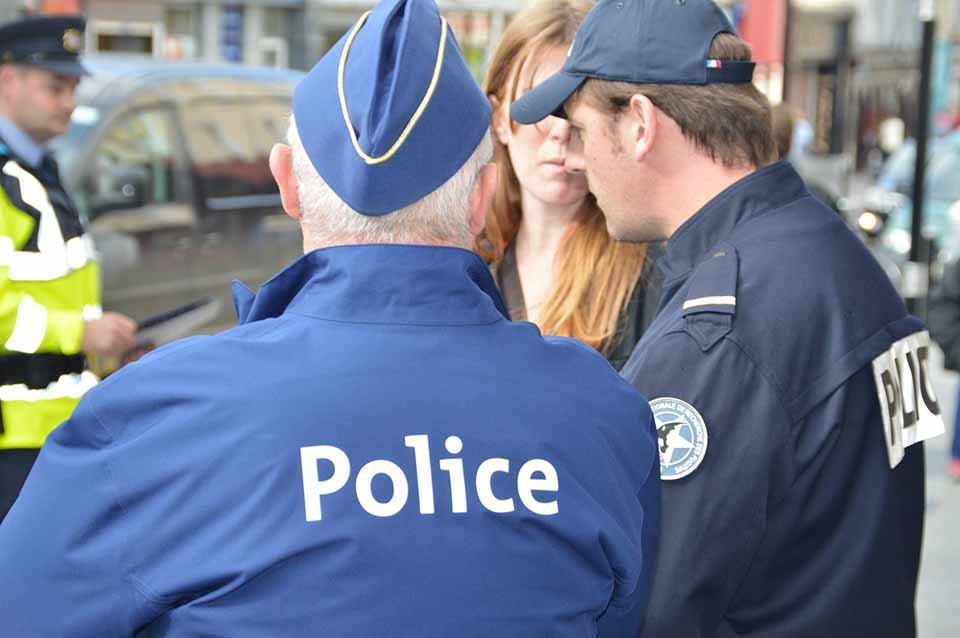
eCall Transmission – Models 1, 2 and 3
There are three main models that portray the possible functioning of eCall. These models indicate some major characteristics.
Model 1 – eCalls routed as 112 calls:
The closest or most appropriate Public Safety Answering Point (PSAP) receives 112 calls and eCalls. In our case in Ireland, it’s ECAS.
Model 2 – eCalls routed to a PSAP dedicated only to eCalls:
112 calls continue to be routed to the 112 PSAP. An eCall is identified in the network thanks to the “eCall flag”, which indicates that the call is not a usual emergency call but rather an “eCall”. That way, it can be routed accordingly by mobile network operators. The eCall flag is a recommendation made by the European Commission. So far, Mobile Network Operators are not obliged to implement it and very few have done so, despite the fact that it is of crucial importance in order to distinguish between 112 calls and 112 eCalls. A Member State can choose to outsource the reception of an eCall to a third party instead of a public authority. In this case, eCall is not going to be handled by a public authority, but instead, a private company will manage the state’s eCall service based on 112.
Model 3 – Manualy triggered eCalls and authomatically triggered eCalls:
Manually triggered and automatically triggered eCalls are routed to different PSAPs: It is possible that it can be the same PSAP as for 112 calls. A PSAP that receives the manually triggered eCall can also be the same PSAP receiving traditional 112 calls.
Third Part Service – What is it?
European legislation leaves room for the existence of Third Party Service eCall (TPS eCall), apart from the Pan European eCall based on 112. But what does this mean?
Private companies can offer services similar to the public eCall on their own. That way, the respective customer will be able to opt either for the service offered by the state (either managed by a public authority or a private company) or for a private service. The consumer has the right to opt for the state-provided eCall even if initially they chose the privately offered service.
Recent developments indicate that the vast majority of cars equipped with eCall will have both types of devices, or even a single device able to trigger either 112 based eCall or TPS eCalls. The TPS eCall will most probably be activated by default. The owner of the vehicle can then opt out if they wish and get only 112-based eCall.
The European Parliament and the European Council adopted the decision in June 2014 on the deployment of the interoperable EU-wide eCall service and regulations on eCall type approval requirements were adopted in April 2015, with a target to have the European-wide system in place by the start of April 2018.
